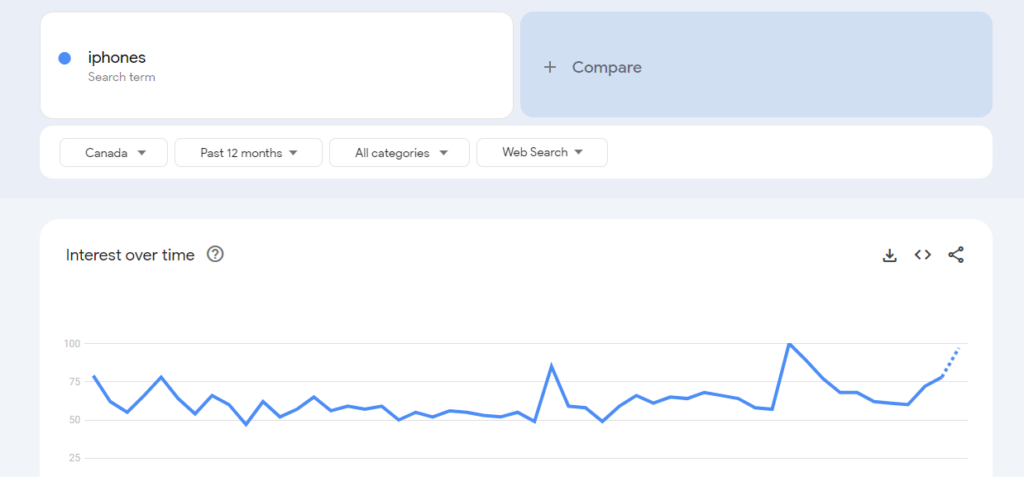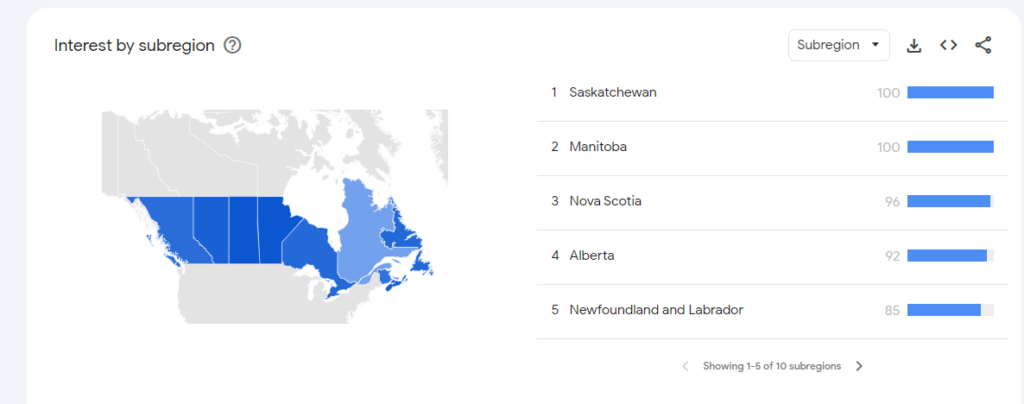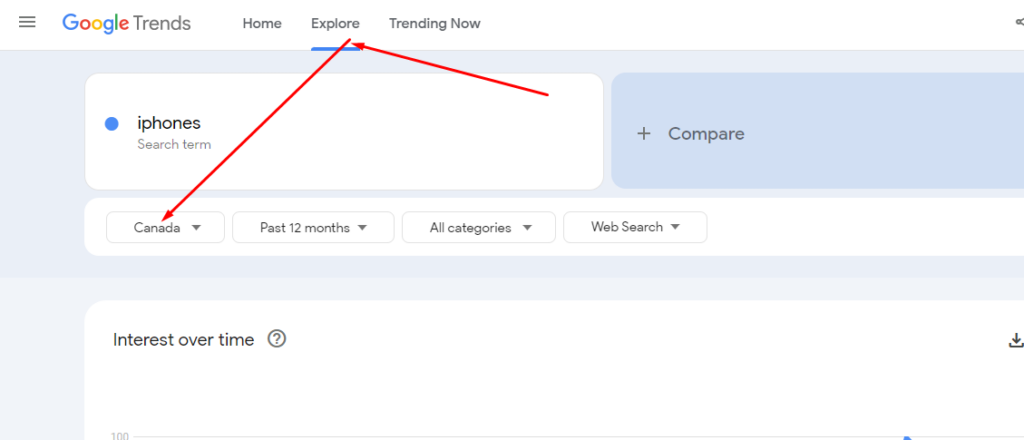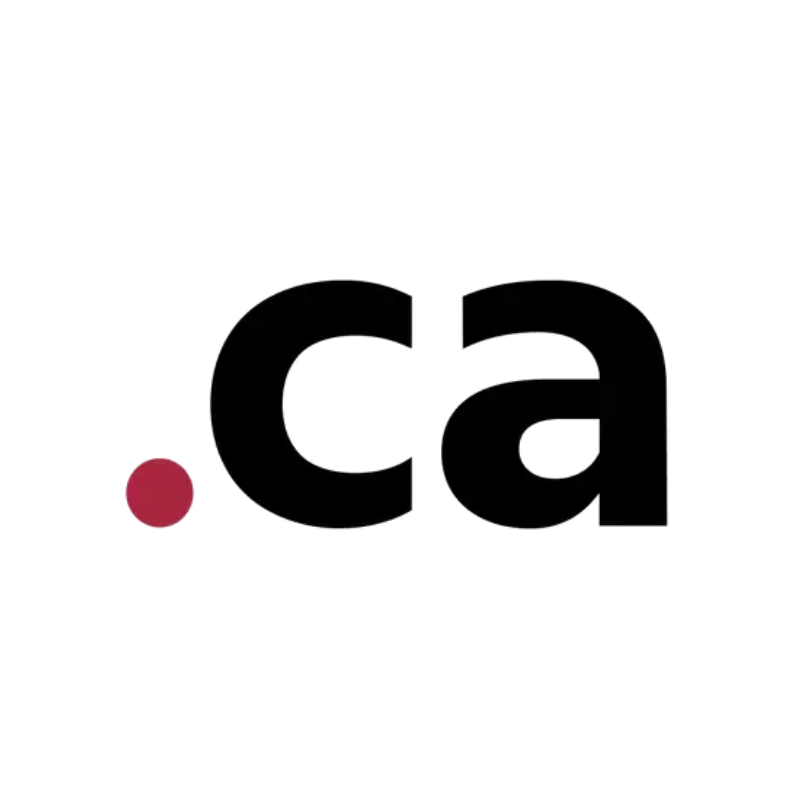Last updated on August 14th, 2024 at 09:40 am
Are you looking to start an online business in Canada?
What are the best-selling products online in Canada?
If so, you have come to the right place.
In this article, we will explore 11 of the best selling products online in Canada and provide insight into what makes them so successful.
There is something for everyone, from traditional items such as apparel and electronics to newer trends like handmade crafts and subscription boxes.
Resource: How To Sell Online in Canada: A Step-by-Step Guide
Information Products & Online Education
Demand for ebooks, whitepapers and online courses sharply rose in 2020, with 25 percent of Canadians engaging in online learning – building on the already flourishing market for digital learning products.
Moreover, 11% of Canadians took up online training or learning for the first time in 2020.
Digital products are highly advantageous for us as they can be put together on almost any subject, thus enabling us to cater to any niche.
These may be a major source of income or add a revenue stream to your small business.
Dog toys
Dog toys are second among the best products to sell online in Canada this year.
The global pet toy market is valued at $3.7 billion and has experienced tremendous growth in the first half of 2021.
Product lines include:
- Training toys
- Chew toys
- Squeaky toys
- Stuffed plush toys
- Rope toys
Dog toys are a great source of well-being for our canine friends.
They fight boredom and offer comfort in times of anxiety.
It’s no wonder that, with 210,000 average monthly searches for “dog toys,” they are expected to remain a popular item in 2023, just as they were in 2022.
Cannabis Accessories
Since the Canadian legalization of cannabis and the onset of the pandemic, the demand for cannabis accessories has risen as a unique niche.
There is tremendous potential for novelty items, be it existing or something newly created.
With the emergence of this ‘new wine’, there is a chance to satisfy the needs of high-end customers.
Many are seeking knowledge, which presents an opportunity for content marketing.
Health & Fitness
Focus on offering natural supplements, particularly those that are more obscure or trending.
For a competitive edge, provide solutions to specific health issues, but be sure to have legitimate expertise or experience in the field to rank well in Google’s search results.
Additionally, selling products that some may feel embarrassed to buy in person, such as adult incontinence products, can be very lucrative.
The medicinal uses of Cannabis and its derivatives have seen a huge growth in recent times, as have proven methods to boost immunity and fight viruses.
Reusable shopping bags
Canadians are well aware of the importance of protecting the environment, and as such, reusable shopping bags are commonplace.
Unfortunately, the options currently on the market are often out of date, dull, and lacking in design.
Quality, stylish bags of this kind would be a great addition to the Canadian market.
Maternity & toddler clothes and accessories
Moms in Canada are willing to pay for new gadgets and equipment that are better than what was previously available, such as sterilizer dryers, organic baby food and baby bottles (Amazon), to provide the best products for their children.
Power tool accessories
Search trends suggest that power tool accessories are an increasingly popular product to sell in the home improvement industry.
Data from Keywords Everywhere reveals that the phrase “power tool accessories” is Googled 27,100 times each month, with related terms like “tool accessories” and “tool box accessories” receiving 1,300 and 1,900 searches, respectively.
You can sell accessories for any power tools:
- Power drills
- Impact drivers
- Circular saws
- Table saws
- Polishers
- Sanders
Wall plates and covers
During the pandemic, wall plates and covers have become one of the most popular items to buy online, just like many other home décor items.
As people are spending more time indoors, they are looking for ways to make their home more comfortable and inviting.
From the couch to the electrical sockets on the wall, wall plates and covers can help to give any space a stylish and cozy touch.
There are many varieties of wall plates and covers to choose from.
You can sell traditional ones with a finishing touch or ultra-modern decorative plates.
Screwless wall plates offer a clean aesthetic and popular HDMI wall plates that let you plug in HDMI-enabled devices.
According to Keywords Everywhere, top wall plate searches are:
- Wall plates: 27,100 per month
- Outlet cover: 27,100 per month
- Decorative wall plates: 18,100 per month
- Screwless wall plates: 3,600 per month
- Luxury switch plates: 720 per month
Cosmetics & make up
This category offers a wealth of chances to launch a lucrative enterprise in Canada.
Among the most sought-after are the latest makeup items, organic cosmetics, and products made from natural and authentic ingredients from around the globe, such as argan oil from Morocco, coconut oil from the Philippines, and green tea from China.
Plus size fashion & shapewear
Around one quarter of Canadian adults (26.6%) are dealing with obesity, making it a widespread issue in the country.
As such, there is a lucrative market for plus size, slimming and weight loss items.
Advanced robots with practical applications
Every year, newer and more advanced versions of robots are released, making them an ideal product to sell in Canada.
The top three robot types in demand are cleaning, cooking, and programmable robots for kids and teens, available from Amazon.
Other items you can sell online in Canada include:
- computers & electronics
- furniture
- wine
- books
- beauty products
- portable wearable devices
- smart lamps
- smart home
- smart speakers
- yoga accessories
- body massager gun
- water filters
- electric toothbrush
- water bottles
- led lights
- bags and totes
- mugs
- wall art
- gardening furniture
Which product is mostly used in Canada?
The most popular products in Canada are food products, personal care items, electronics, clothing, and household items.
Popular food products include dairy products, fruits and vegetables, meat, fish, and seafood. Common personal care items include razors, toothpaste, shampoo, and cosmetics.
Popular electronics include televisions, computers, tablets, and smartphones.
Popular clothing items include winter coats, boots, and sweaters. Common household items include furniture, kitchen appliances, and home decor.
Read also: How To Sell Your Phone Online in Canada (Fast and Easy)
Can I sell things online in Canada?
Yes, you can sell things online in Canada. The process is relatively simple, and several platforms are available for you to use. Some examples of popular platforms include Shopify, Etsy, Amazon, and eBay. To start selling, you must register as a business, create a website, and set up payment processing and shipping services. Additionally, depending on the product or service you are selling, you will need to obtain any necessary licenses and permits.
Do I need a license to sell online in Canada?
Yes, you do need a license to sell online in Canada. Depending on the type of goods or services you are selling, you may need to obtain a business license, a professional license, or a provincial or federal government permit. You will also need to ensure you’re following local and provincial regulations for selling products or services. Contact your local business licensing office for more information.
How much can you sell online before paying tax Canada?
As an online seller, it’s important to understand your tax obligations in Canada.
If you’re wondering how much you can sell online before paying tax, the answer is simple: if your sales exceed $30,000 in a year, you are required to register for and collect GST/HST.
This means that any revenue earned from the sale of goods or services through e-commerce platforms such as Amazon or Etsy will be subject to taxation once it crosses the $30,000 threshold.
It’s important to note that this applies even if you’re selling on a part-time basis or as a hobby – any income earned must be reported and taxed accordingly.
Penalties may apply if your business exceeds the $30,000 threshold and you fail to register for GST/HST. In addition, failing to report taxable income can result in additional fees and interest charges from the Canadian Revenue Agency (CRA).
How to use Amazon.com to find best selling products in Canada
To find the best selling products on Amazon Canada, you can use the Amazon Bestseller List, which is a ranking of the most popular products in the Amazon store based on sales.
You can also check the Movers & Shakers list, which shows the biggest gainers in sales rank over the last hour.
Another way to find the best selling products is to use the SellerApp dashboard, which provides real-time data on trending and most wished products.
When looking for the best selling products, consider the category you plan to sell in, as some categories are better to sell in than others.
You can also use metrics such as Best Seller Rank (BSR), sales, keyword ranking, and profit margins to identify viable and profitable products.
How to sell on Amazon in Canada
To sell on Amazon in Canada, you can use the Amazon Seller Central platform. Here are the steps to get started:
- Create a Seller Account: Visit the Amazon Seller Central website and sign up for a seller account.
- Product Listings: Once your account is set up, you can create product listings for the items you want to sell. Ensure that your listings comply with Amazon’s policies and guidelines.
- Fulfillment Options: Choose your fulfillment method, whether it’s through Fulfillment by Amazon (FBA) or self-fulfillment. With FBA, Amazon handles storage, packing, and shipping of your products.
- Amazon Hub Counter: You can also consider using Amazon Hub Counters as a delivery option for your customers. Amazon Hub Counters are pickup locations where customers can retrieve their packages at their convenience.
- Manage Orders: Once your products are listed, manage your orders, and provide excellent customer service to build a positive reputation.
- Optimize Your Listings: Continuously optimize your product listings, pricing, and advertising to improve visibility and sales.
You can easily start selling on Amazon in Canada and utilize services like Amazon Hub Counters to enhance the delivery experience for your customers.
How to use Google Trends to find best selling products in Canada
To use Google Trends to find the best selling products in Canada, you can follow these steps:
Step 1: Visit Google Trends

Go to the Google Trends homepage and type in the keyword or phrase related to the products you want to research.
This will show you a graph displaying the search trend for that term, along with localized data and related queries.
Step 2: Analyze the Data

Use the information provided by Google Trends to identify trending products.
You can compare the search data from Google Trends with data from marketplaces to validate the potential of the products before investing in them.
Step 3: Explore In-Depth

Click on “Explore in-Depth” and then “Locations” to set the location to Canada.
This will allow you to see trends in the data specific to the Canadian market, helping you identify the products with greater consumer demand in Canada.
Utilize Google Trends for Precision Product Research

You can also use Google Trends for precision product research by analyzing the search patterns and identifying seasonal trends for specific products.
This can help you understand when certain products are in high demand, allowing you to tailor your offerings accordingly.
As you’ve seen, you can effectively use Google Trends to find the best selling products in Canada using this strategy and make informed decisions about the products you want to sell.
Selling on Amazon vs Shopify in Canada
When comparing selling on Amazon and Shopify in Canada, there are several factors to consider, such as platform type, pricing, payment options, design flexibility, and support.
Here’s a comparison of the two platforms:
Shopify:
- Platform type: Website builder and host
- Pricing: $43.67 CAD to $544.46 CAD per month
- Payment options: More payment options than Amazon, no transaction fees
- Design flexibility: Wider range of themes and customization options
- Support: Provides 24/7 support and a vast library of tutorials
Amazon:
- Platform type: Third-party marketplace
- Pricing: 99 cents per each item sold on the Individual plan; $54.57 CAD per month for the Professional plan
- Payment options: Limited compared to Shopify
- Design flexibility: Limited, as all merchants have the same design and layout
- Support: Less comprehensive support compared to Shopify
Amazon offers access to a larger customer base, but it comes with higher fees and fewer branding opportunities.
Shopify, on the other hand, allows you to build a stand-alone online store with more customization options and better payment options, but it requires more effort and time to manage.
As such, you will need a marketing and management strategy to attract the right consumer to your store in Canada!
So, the choice between Shopify and Amazon depends on your specific business needs and goals.
If you want more control over your branding, design, and pricing, Shopify might be a better fit.
However, if you want to reach a larger audience and don’t mind paying extra fees, Amazon could be more suitable.
Either way, you can use both platforms to expand your market reach and maximize your sales potential.
Resource:
 cPanel Web HostingAffordable Canadian cPanel hosting, user-friendly and reliable.
cPanel Web HostingAffordable Canadian cPanel hosting, user-friendly and reliable. Reseller HostingStart your own hosting business with flexible reseller hosting plans.
Reseller HostingStart your own hosting business with flexible reseller hosting plans. Affiliate ProgramJoin our affiliate program and earn commissions by referring customers.
Affiliate ProgramJoin our affiliate program and earn commissions by referring customers. DomainsFind the perfect domain for your business or personal site with ease.
DomainsFind the perfect domain for your business or personal site with ease. Domain TransferTransfer your domain to us and keep your website running without interruption.
Domain TransferTransfer your domain to us and keep your website running without interruption. WHOIS LookupQuickly find who owns a domain with our easy WHOIS search tool.
WHOIS LookupQuickly find who owns a domain with our easy WHOIS search tool. VPS HostingReliable VPS hosting crafted for performance and peace of mind.
VPS HostingReliable VPS hosting crafted for performance and peace of mind.
